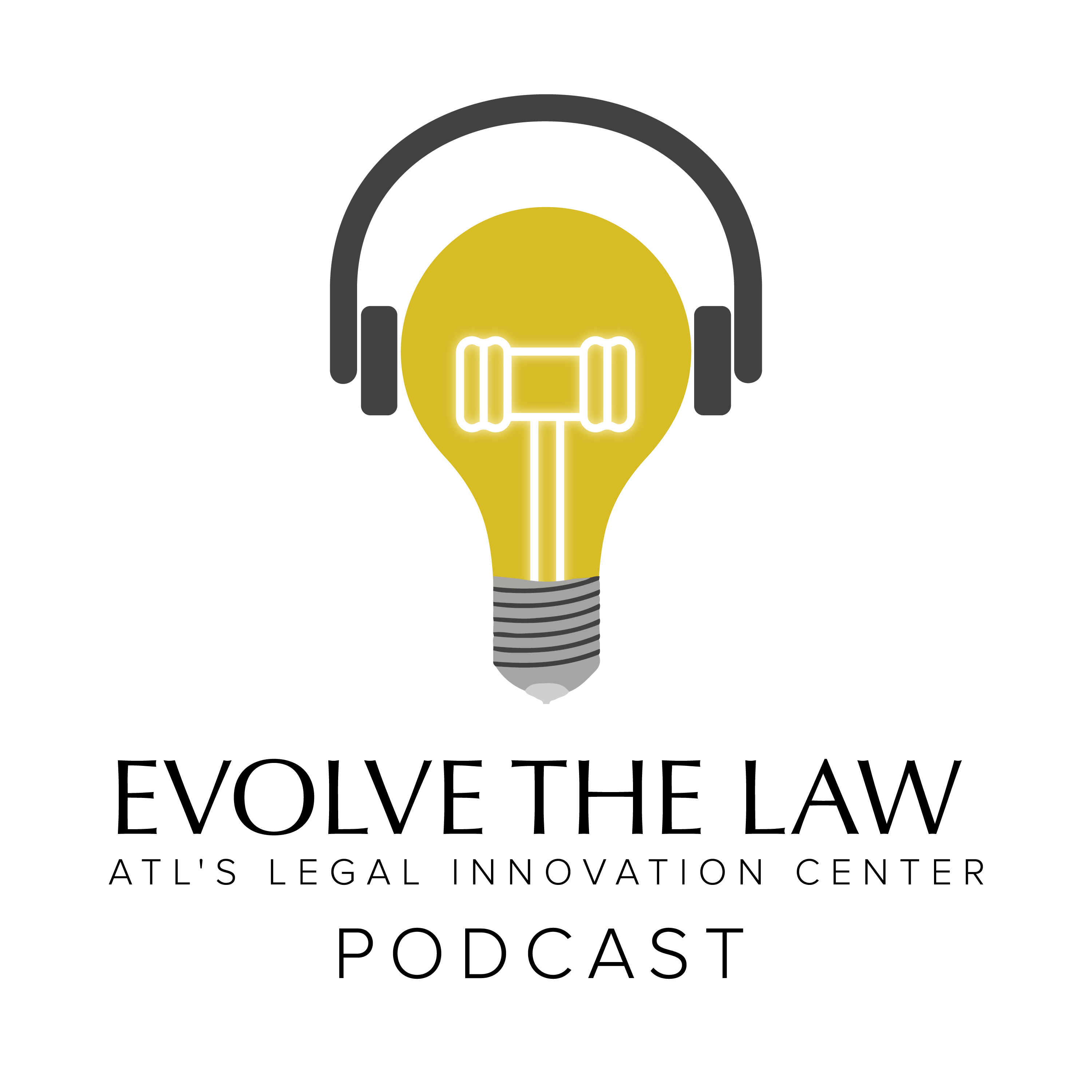 Happy New Year, everybody. 2020 is finally behind us, a COVID-19 vaccine is being distributed, and anticipation for a fresh start seems to be in the air. In that spirit, I’m issuing a pair of challenges to myself and to those reading, which, I hope, will encourage all of us to rethink how we run our practices. It’s 2021, people. We live in the future, and there’s no time like the present to start acting like it.
Happy New Year, everybody. 2020 is finally behind us, a COVID-19 vaccine is being distributed, and anticipation for a fresh start seems to be in the air. In that spirit, I’m issuing a pair of challenges to myself and to those reading, which, I hope, will encourage all of us to rethink how we run our practices. It’s 2021, people. We live in the future, and there’s no time like the present to start acting like it.
Less Time Deciding, More Time Doing
Picture Steve Jobs in your mind. What do you see? A tall tech guru unfailingly wearing a black turtleneck, jeans, and sneakers. Jobs was notorious for never deviating from his standard uniform. While stories vary as to why he began wearing the same thing every day, what’s certain is that for the last 20 years of his life, Steve Jobs didn’t have to think about what he was wearing tomorrow. He’d automated that decision away.
Jobs isn’t the only notable figure who’s gone that route. Mark Zuckerberg wears a copy of the same gray T-shirt almost every day, a practice he’s on record as adopting to reduce the number of trivial decisions he has to make in a day. President Barack Obama wore either a gray or blue suit every day for most of his term in office for the same reason.
I’m not here to advocate throwing out your wardrobe to start the new year, but I am firmly of the belief that reducing the time we spend on trivial tasks is a worthy goal. And the most effective method for reducing trivial tasks in a law firm I’ve found has been automation.
Challenge 1: Automate Something
Anything you do regularly, from getting dressed in the morning to pitching new clients, is a candidate for automation. There are almost always trivial decisions to be made or minor tasks to be accomplished that frankly don’t need our full suite of skills to accomplish. We’re highly skilled information-age workers who are paid well for the bespoke, considered counsel we provide our clients. We shouldn’t be spending any more time than is absolutely necessary tinkering with Word documents, fiddling with hand calculators, or otherwise failing to add actual value to our clients.
So that’s my professional challenge to you for 2021: automate something. Free up time. Find an area of your practice where you’re spending time you don’t need to be spending, and reclaim that time for yourself.
It’s easier than you might think. Building out legal forms that auto-populate with necessary information is a classic law firm automation strategy, but we can think broader than just substantive legal issues. Attorneys that network heavily might spend a lot of their nonbillable time going through their contacts to figure out who to touch base with next. Save that brain space and time by implementing a system to track your networking and alert you when a contact has gone over a set period of time without a chat.
Even the seemingly tiniest, easiest repetitive processes add up over time. If you could automate a process that takes you just one minute, within five years you’d have clawed back a day of productive time. If you can automate a 10-minute-a-day task, you’ll save nearly two weeks in the same period. That’s time added back into your day to spend practicing law, building your book, seeing your kids, or enjoying your home life.
There’s something in your workday that doesn’t need to be there. Find what it is and automate it away.
Challenge 2: Create And Track A New Metric
Most of us know how many hours we billed and dollars we collected last year, but for many that’s where our interest in numerical analysis ends. That’s a missed opportunity. Billables and dollars collected are crucial metrics, but they only tell us the final score, not the story of the game itself. It doesn’t do us much good to know we generated a million dollars if we don’t know how or why we were able to do it.
That’s why we need to do better at measuring our performance. Creating objective metrics gives us insight into our businesses, helps develop goals to strive for, and can start the conversation on where we try to develop next. Sit down, think through some area of your practice you’d like to understand better, figure out how to measure it, and start gathering data. Start simple, and grow out from there.
For instance, do you know how many deals or cases you’re working on as you sit reading this? If you started tracking that figure and updating it monthly, within a couple quarters you’d start to develop a rough, but objective view of how your practice is shaped, especially when compared against the billable hour and dollars-collected figures you’re already recording. If, for example, your dollars are staying steady while your number of matters worked is decreasing over time, you’ve got good evidence that the matters you’re working on are bigger and more valuable individually than they used to be.
Some Final Thoughts
Tech can be intimidating, especially to attorneys, but chances are you already have most of the tools you need at your fingertips. Most general office software and attorney-facing programs have major automation and metric-tracking tools already built in. We just tend not to utilize them to their full potential. Consider contacting your customer support rep or doing a little digging in the Help files to find tools you didn’t even know you had.
Finally, any of these challenges can be made immeasurably easier by working alongside your firm’s IT department. As a rule, these departments are staffed with smart, hard-working people who mostly love interesting new challenges. Many IT teams get excited at the chance to build something new and useful, as opposed to just resetting passwords and asking if the caller has tried turning it off and on again.
A generation ago, lawyers didn’t even type out their own briefs. Now, we can edit them on our smartphones, at home, in between Zoom meetings, all while reviewing the research our new AI software automatically generated. Technology has revolutionized our field of work, despite it being populated by more than its share of technophobes, and those changes are only just beginning. Data and technology can be your greatest assets as an attorney. This year, let’s resolve to use them.
If the thought of technological automation and tracking still overwhelms you, here’s a link to a black turtleneck.
 James Goodnow is the CEO and managing partner of NLJ 250 firm Fennemore Craig. At age 36, he became the youngest known chief executive of a large law firm in the U.S. He holds his JD from Harvard Law School and dual business management certificates from MIT. He’s currently attending the Cambridge University Judge Business School (U.K.), where he’s working toward a master’s degree in entrepreneurship. James is the co-author of Motivating Millennials, which hit number one on Amazon in the business management new release category. As a practitioner, he and his colleagues created and run a tech-based plaintiffs’ practice and business model. You can connect with James on Twitter (@JamesGoodnow) or by emailing him at James@JamesGoodnow.com.
James Goodnow is the CEO and managing partner of NLJ 250 firm Fennemore Craig. At age 36, he became the youngest known chief executive of a large law firm in the U.S. He holds his JD from Harvard Law School and dual business management certificates from MIT. He’s currently attending the Cambridge University Judge Business School (U.K.), where he’s working toward a master’s degree in entrepreneurship. James is the co-author of Motivating Millennials, which hit number one on Amazon in the business management new release category. As a practitioner, he and his colleagues created and run a tech-based plaintiffs’ practice and business model. You can connect with James on Twitter (@JamesGoodnow) or by emailing him at James@JamesGoodnow.com.










